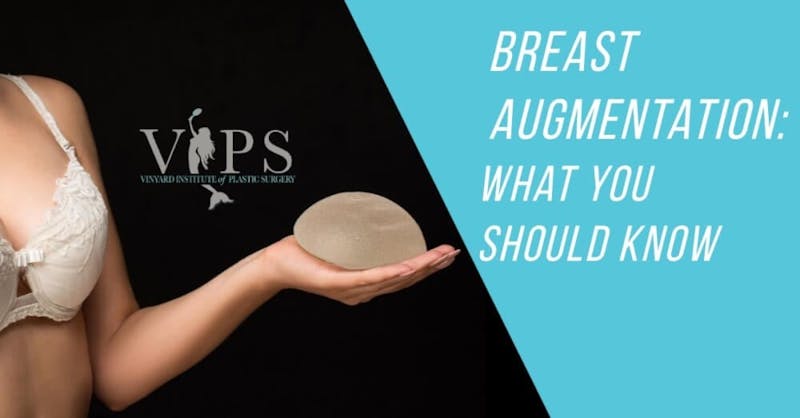
Want to go up a few cup sizes or fill out a new bikini top? At Vinyard Institute of Plastic Surgery in Port St. Lucie, FL, we have performed many breast augmentations on women who were satisfied with their new look.
When your breast implants are executed by a board-certified plastic surgeon like William Vinyard, MD, FACS, you can be confident in the outcome. With breast augmentation, implants can be smooth, textured, round or teardrop-shaped, and filled with silicone gel or saline. Breast implant type, size, and material are all chosen during a consultation with your surgeon. There is no one-size-fits-all solution, which means we customize the procedure based on your unique characteristics and desired results.
Many Port St. Lucie-area women have questions about breast augmentation they may be too embarrassed to ask. We take on some of these questions below.
1. Will breast implants hurt?
Just like any other medical procedure, breast augmentation is a surgery that comes with its own list of benefits, risks, and side effects. During the surgery, you will be under general anesthesia, which means you won’t feel any discomfort. Any pain you experience will occur in the recovery phase, which includes discomfort along with swelling and bruising. Dr. Vinyard will prescribe pain medication to help with your recovery. Individual results may vary, but you should be able to return to daily activities within a few days. Exercise and intense activities should be avoided for at least 6 – 8 weeks.
2. What kind of implants should I get?
Before you have breast augmentation, we recommend you schedule an assessment and extensive consultation with Vinyard Institute of Plastic Surgery. Dr. Vinyard will discuss what will happen during the procedure and inform you about your options. To create your surgical plan, he will go over a wide assortment of implant shapes, sizes, and textures, all of which we take into consideration. The most commonly used implants are silicone gel, saline, gummy bear (also known as highly cohesive gel), and fat grafting (also known as fat transfer). Different shapes including round or teardrop can look and feel natural while also adding fullness to the breast.
3. Will I be able to breastfeed?
There are several concerns for mothers who want to breastfeed after breast augmentation. Please inform Dr. Vinyard if this is the case. Pregnancy and breastfeeding can change your results, so it is best to wait until you are done having children to have surgery. However, it is possible to successfully breastfeed after augmentation if the right technique and placement are used. The next concern is whether the implants have any effect on a mother’s breast milk. No matter what implant of type you choose, silicone or saline, the material should not alter your milk. This means breastfeeding is safe for you and your baby.
4. Do implants cause cancer?
Many women are hesitant to receive implants because they're afraid of developing breast cancer. We should begin by explaining that there is no link between breast implants and breast cancer. However, the U.S. Food and Drug Administration (FDA) is studying a link between breast implants and something called breast implant-associated anaplastic large cell lymphoma (BIA-ALCL). While BIA-ALCL is not breast cancer, it is a cancer of the immune cells. BIA-ALCL is very rare and when caught early on, responds well to treatment. Vinyard Institute of Plastic Surgery encourages patients to get regular breast cancer screenings and inform your physician if you experience any unusual symptoms or visible changes in your breast.
5. What happens if the breast implant ruptures?
Implant rupture is uncommon. However, if your implant is ruptured for any reason, there is no need to panic. In fact, you may not notice if your silicone or gummy bear implant ruptures since they are designed to keep their shape. This is why we suggest getting an MRI every few years to check the area for potential damage. A saline implant is filled with a sterile solution, so your body will safely absorb and pass the fluid. If a rupture occurs, the implant will simply deflate, so you will notice it right away. Please call Dr. Vinyard in either case so we can address the issue and discuss your options.
6. Is fat transfer right for me?
Another safe and reliable way to augment your breasts is through fat transfer, also known as fat grafting. In this process, we take fat from one area of your body using a liposuction technique, and put the fat through a purification process before we inject it into the breasts. This will help you achieve the fuller effect you are looking for. During your consultation, Dr. Vinyard will assess the abdomen, thighs, or flanks to determine if you have enough fat in any of these areas before moving forward with a fat transfer.
No question is too embarrassing
If you have naturally small or flat breasts, breast augmentation is an excellent way to add the volume and curves you want. Don’t let embarrassing questions stop you from getting the figure you desire. Reach out to Vinyard Institute of Plastic Surgery in Port St. Lucie, FL, and schedule your consultation with William Vinyard, MD, FACS today.



